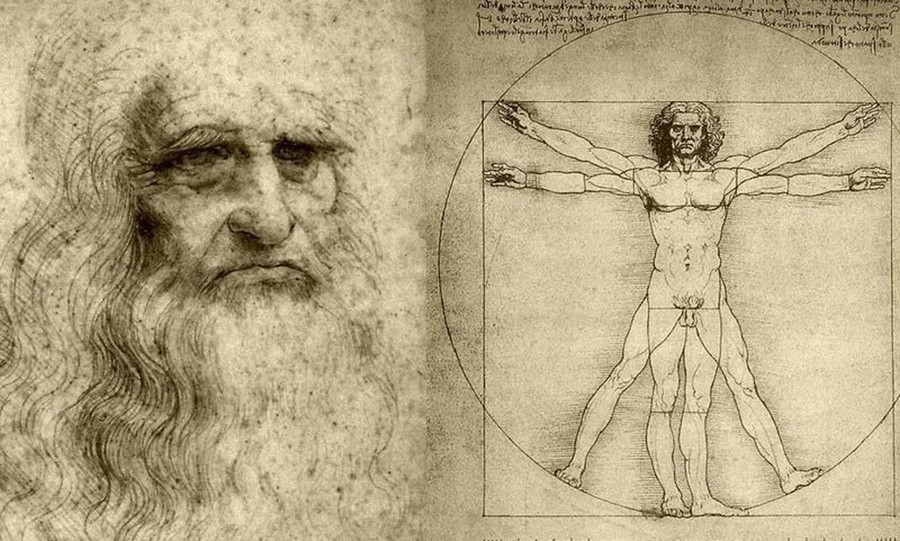The Pyramids of Guimar are subrectangular pyramid-shaped terraced structures located in the district of Chacona in Guimar, a town in eastern Tenie, Canary Islands. Explorer Thor Heyerdahl hypothesized that the Canarian pyramids could be a transatlantic link between ancient Egypt and Central America. However, archaeological excavations between 1991 and 1998 found that the pyramids were constructed no earlier than the 1800s.
The complex incorporates platforms and enclosures, with stairways ascending to the top of each pyramid where a flat summit platform is covered in gravel. The staircases are located on the western side, indicating a possible ceremonial purpose. The pyramids are no taller than 12 meters and are made of dry stones with no mortar, with sharp corners including larger stones, some of which have been carved. The largest pyramid’s platform provides a magical double sunset on the summer solstice, and research has shown that some of the structures at Guimar mark the direction of the solstices.
Opponents of the ceremonial origins of the pyramid complex say they are merely terraces made from random piles of stone that were cleared from the fields by the Spaniards. However, from above, it is clear that there is a plan to the complex, and the cave beneath the border edge of one of the pyramids contained artifacts of the Guanes people, giving credibility to Thor Heyerdahl's idea that they were responsible for the pyramids.







